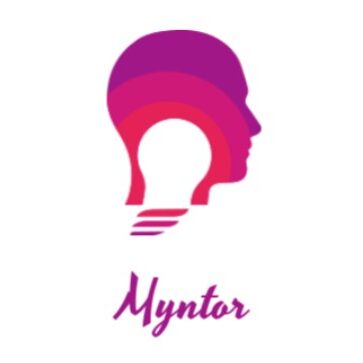Technology has infiltrated almost every aspect of our lives, including the preservation of our cultural heritage and traditions. With the advancements in digital technology, we now have the ability to digitize and document our history, ensuring it is accessible to future generations. This article delves into the influence of technology in cultural preservation and explores how it is transforming the way we safeguard our traditions.
Preserving Historical Artifacts and Documents
One significant way technology has affected cultural preservation is by digitizing historical artifacts and documents. Museums and libraries worldwide are embracing digital techniques to capture high-resolution images of valuable artifacts and manuscripts. This digitalization process ensures that even if the original documents are lost or damaged, their content and historical significance will be preserved.
Virtual Reality and Augmented Reality
Another area where technology is making an impact is through virtual reality (VR) and augmented reality (AR). VR allows users to experience and interact with digital recreations of historical sites, monuments, and cultural events. Museums and heritage sites can create virtual tours that provide an immersive experience to visitors, giving them a glimpse into the past.
AR, on the other hand, overlays digital information onto the real-world environment. This technology can bring historical artifacts to life by providing additional context and information through interactive displays. Visitors can use their smartphones or AR devices to enhance their understanding and engagement with the exhibits.
Digitizing Oral Traditions and Languages
Preserving cultural heritage goes beyond physical artifacts and documents. It also involves safeguarding oral traditions and languages that are at risk of being lost due to globalization and modernization. Technology has played a pivotal role in digitizing oral traditions and languages, ensuring their survival for future generations.
Audio and video recordings allow communities to preserve their stories, songs, and languages in a digital format. These recordings can be shared and accessed online, enabling wider dissemination and enhancing cultural appreciation and understanding.
Big Data and Artificial Intelligence
Big data and artificial intelligence (AI) are revolutionizing the way cultural heritage is preserved and studied. AI algorithms can analyze vast amounts of data to identify patterns, connections, and insights that were previously unimaginable.
For example, AI can help identify relationships between different cultural artifacts, languages, and traditions. It can assist in reconstructing fragmented artifacts or deciphering ancient scripts. This data-driven approach allows researchers to gain a deeper understanding of our cultural heritage and make new discoveries.
Challenges and Ethical Considerations
While technology offers immense opportunities for cultural preservation, it also presents challenges and ethical considerations. One major concern is the preservation of digital data itself. With rapidly evolving technology, formats and storage solutions can become obsolete, potentially leading to data loss.
Additionally, there is a risk that digital preservation may overshadow the importance of physical artifacts and diminish the authentic experience of interacting with our cultural heritage. Striking a balance between digital access and physical engagement is crucial in preserving our traditions authentically.
Despite the challenges, technology continues to push the boundaries of cultural preservation, allowing us to celebrate and safeguard our heritage and traditions like never before. With ongoing advancements, we can expect technology to play an even more significant role in preserving and digitizing cultural treasures for generations to come.
